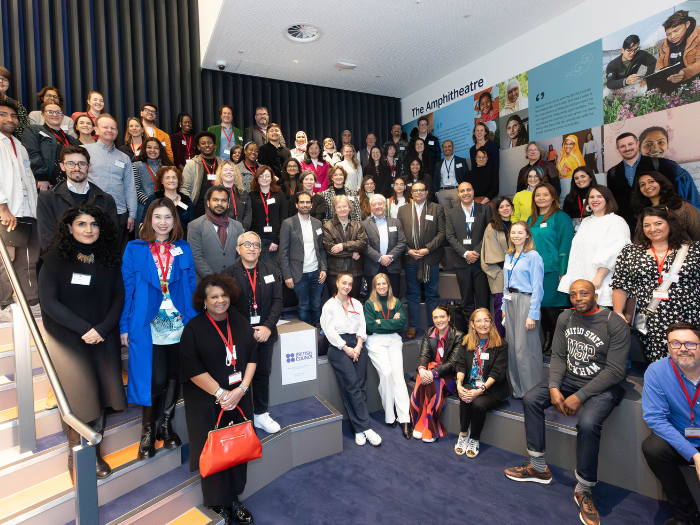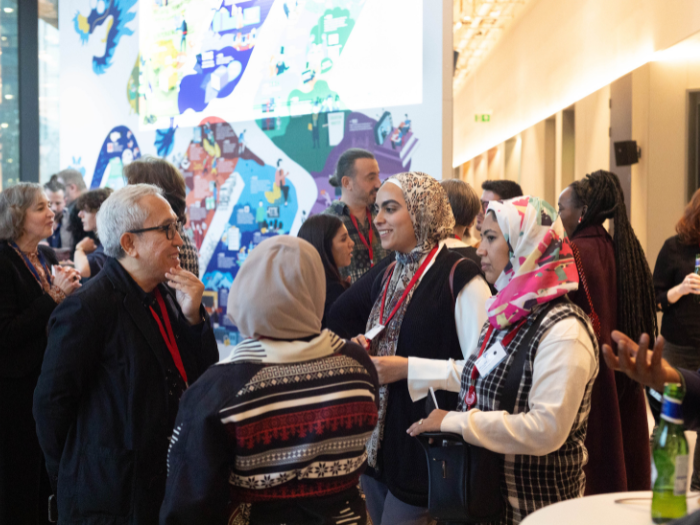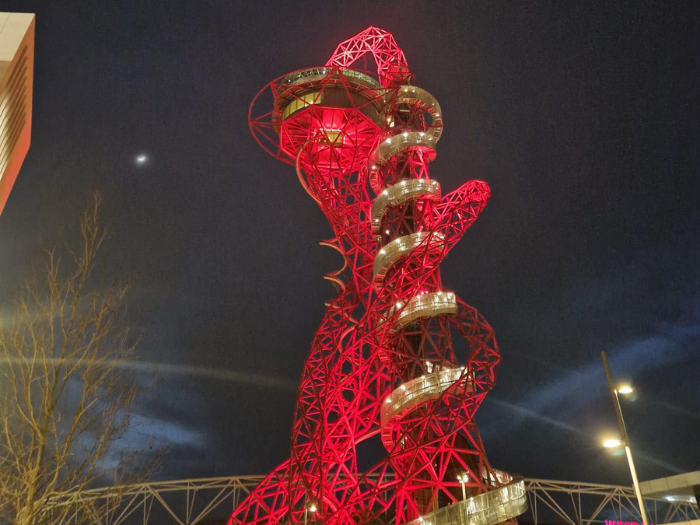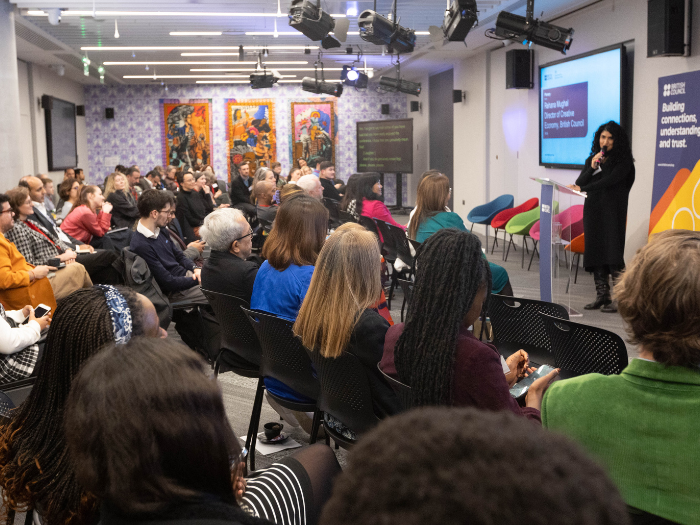Hosted at the new British Council global headquarters in Stratford, the event was also an opportunity to explore cultural place-making ‘in action’ amidst the rapidly changing East Bank landscape – a dynamic new culture and innovation hub building on the legacy of the 2012 Olympics at Queen Elizabeth Park.
Alongside ample opportunities to make new connections and hear about global industry case studies, the gathering platformed a number of key issues and topics. These included: the importance of intersectional and inclusive voices in urban design, culture’s role as an agitator and activator in a post-pandemic world, and the necessity of embedded community co-creation in placemaking.
Here are some of Jess’ takeaways from the event:

New places need fresh approaches.
On the first day of the conference, delegates were given the opportunity to join a guided tour of East Bank – a Mayor of London £1.1 billion vision for a new cultural quarter at the heart of the Queen Elizabeth Olympic Park. A unique collaboration between cultural institutions, world-leading universities and the communities of London’s Olympic boroughs, East Bank is also the single most significant investment in London’s cultural life since the Great Exhibition of 1851. Delegates toured the world-renowned cultural partners that are collaborating to make East Bank happen – Sadler’s Wells, V&A, BBC, London College of Fashion, University College London and University of the Arts London – hearing about the innovative approaches being deployed to ensure that East Bank thrives as a place of entertainment, inspiration and discovery.
These approaches include developing fresh models and processes around access, inclusivity and provocation, encouraging new audiences to engage and co-create with collections and exhibitions in ways that challenge tradition and expectations. For example, the V&A space currently under development will make huge volumes of its archive publicly available on-demand for the very first time, supporting a devolved and more democratic approach to curation. East Bank partners will also work together in thematic ways across institutions, bringing expertise and assets to address new ideas and challenges under a core ‘umbrella concept’.
During the tour I was struck that East Bank is essentially R&D for cultural place-making writ-large; multiple partners working together to address the challenge of how established cultural institutions can pivot to attract new, more diverse audiences and future-proof their activities. And for me, therein lies the really exciting aspect of this landmark work. I’m excited to watch as it evolves.

Local Authorities are critical partners in making better places.
Throughout the day, so many of the conversations returned to the important role of local governance in place-making. Panel discussions explored case studies such as: The Livesey Exchange, a project re-purposing buildings on Old Kent Road – including 60 garages – into multidisciplinary spaces that connect local communities with creative opportunities, and Meanwhile on Oxford Street, a new initiative to revitalise Oxford Street by giving 35 innovative new brands prime retail locations for a six-month rent-free period. Emma Beverly, Director of Programmes at Leeds 2023, also spoke passionately about the role of high-quality public art both as an agitator and as a tool for wider sectoral engagement and breaking down institutional barrier to access. Bold and innovative activation of spaces on this scale requires the close support of dynamic and forward-thinking local governance structures who not only understand the importance of culture-led place shaping, but have sufficient risk appetite to drive and invest in these approaches. This was reiterated in a keynote address from Justine Simons, Deputy Mayor of Culture the Creative Industries who highlighted the Mayor’s Creative Enterprise Zones as an example of how the ‘secret power of planning’ can be unlocked by councils to help hardwire cultural infrastructure into communities for the long term.
More inclusive spaces serve everyone’s needs more effectively.
A panel of ‘female voices in urban design’ highlighted the necessity for inclusive, co-created approaches to place-making to ensure that multiple and diverse needs were catered for, and to reduce exclusion. Detailed consideration of usership for spaces emerged as a key factor, not just from the perspective of reducing access issues or ‘threshold fear’, but also around safety, use of the space at different times of the day, and public transport needs. A key reflection of the day was the nugget that embedding inclusive user needs in place-making simultaneously benefits the needs of the majority, leading to better community integration and the creation of more vibrant, engaging and activated places for all. Which in turn leads onto my final takeaway below…

Cultural places and spaces need an intersectional policy approach.
It’s tempting to fall into a mode of thinking that lumps responsibility for culture-led placemaking with our ever-dwindling cultural and creative industries government portfolios, both locally and nationally. But not unlike the sector itself, cultural place-making sits at the intersection of diverse policy areas including economy, skills and education, transport and planning, alongside heritage, museums and leisure. All of these complex moving parts make the development and implementation of best practice tricky, but also mean that the impact is more widely felt when it does go right. Public spaces are amongst the most universal of access points to culture: they don’t rely on paying an entry fee or booking a ticket, you don’t need have any particular skills or training to appreciate them. They can also provide enriching, experiential impact, bringing underused spaces to life and supporting other areas of the economy through driving footfall and increasing dwell-time. At Taking Place, I was reminded of the importance of ‘getting outside’ of the creative sector echo-chamber and working across various policy areas to elicit the best outcomes for the industry, and to amplify the transformative positive impact that culture can have on place.
It’s great to see events like these happening, opening up discussions about culture-led place-making and paving the way for bold, innovative new models and initiatives. I’m excited to take the conversation further and start exploring how some of this learning can be activated here in Cardiff. Watch this space (or should that be ‘place’…?)


